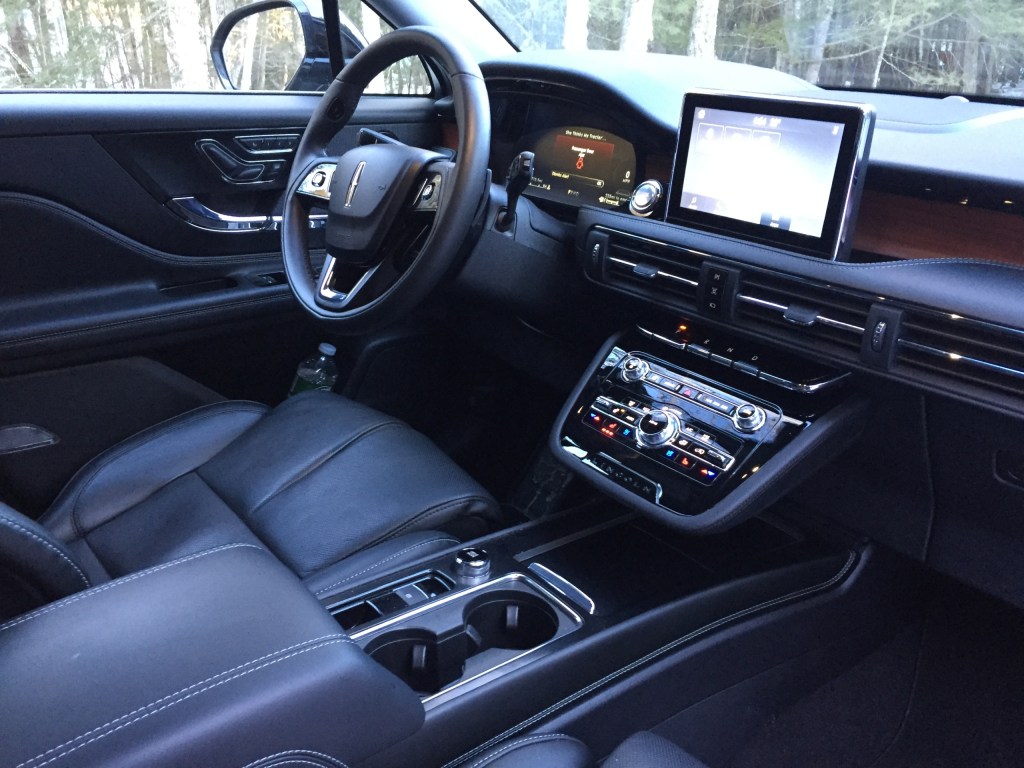America’s auto industry is facing many changes, and many challenges. Economic swings, pandemic shutdowns, computer chip shortages, escalating regulations, plus a forced shift to battery electric vehicles, all are keeping managers (and employees) up at night. Three voices here express other thoughts.
“I believe the industry is focused way too much on the curiosity around the machine driving itself,” Ford CEO Jim Farley said to “Financial Times.”
“We’ve not spent enough time asking about the customer-facing aspects.”
Sheryl Connelly, chief futurist at Ford, recently expressed, “We know that our relationships with automobiles have become more personal and intimate because now they seem to be a place to escape, a place of safety, a place where you can control the environment.”
Tim Hovik, Ford’s National Dealer Council Chairman, opined to “Automotive News” that he’d like to turn the industry’s attention in 2021 to affordability, noting that the rising costs of vehicles has far outpaced the increase in average household income.
Sound like any discussions in your household, about your next new vehicle? It’s good to hear that the folks at Ford are cognizant of what is happening on the ground, the real reality.
Which brings up the reality of Ford’s Lincoln brand, and this week’s compact luxury class Corsair—one of the brand’s four SUV’s. Lincoln no longer has any sedans in its lineup, and, despite the apparent shift by parent brand Ford, there is a slow roll-out of EV’s as Lincoln will do plug-in hybrid’s first, like Toyota and Lexus. Real world strategy, again.
The compact premium crossover segment is hot; one of the reasons that consumers aren’t buying four-door cars anymore. The Corsair is fighting for marketshare against such stalwarts as the Audi Q5 and BMW X3, plus the Infiniti QX50, Acura RDX, Cadillac XT4, Volvo XC60, and Lexus NX.
The Corsair comes to this battle with more than knives; it has a smooth-riding chassis that will appeal to more than traditional Lincoln owners; it offers three distinct powertrains (two turbocharged, and one a hybrid); plus the Corsair has a stylish exterior backed by an equally pleasurable interior layout. The Corsair is a decidedly nice improvement over the MKC, its predecessor.
Based on the Ford Escape design, the Corsair also offers expandable rear cargo space (although the racy roofline sacrifices space for tall cargos) as well as a quiet cabin. Power delivery from our top 2.3-liter turbo-motor (280-hp) is earnest and quick, with the 8-speed automatic performing yeoman duty that eclipses pervious designs. A 250-hp 2.0-liter turbo is standard for front or all-wheel drive base models, while a 2.5-liter non-turbo four is married to an electric motor and battery in the hybrid edition. EPA estimates for the two gas engines are 21/28/24-mpg; we coaxed 26-mpg from the mid-level, AWD Reserve.
Premium buyers expect power sunroofs, LED lites all around, multi-way heated and cooled power seating (separate thigh controls here) as well as stellar arrays of electronic driving systems—check. Remote start, 360-degree camera, 14-speaker Revel audio system, 4G Modem with Wi-Fi capability and Sync/3 voice activated navigation, plus 12.3-inch instrument display and 8-inch center display—all included. Power liftgates, a sliding and reclining split-folding second row bench seat, as well as security approach exterior lighting can’t be overlooked.
Base pricing starts at $37,100 including destination fee. Reserve trim ups the ante to $46,085 with AWD. Ladle on some option packages with more technology, upgraded leather seating, Sport Package (wheels, tires, trim) plus adaptive suspension, and the retail cascades past $57,000. The Corsair is assembled in Louisville, Kentucky.
New for 2021, besides the plug-in hybrid version, is a Beyond Blue package—with turquoise leather on the dash, doors, and seats, plus Monochromatic trim, with 20-inch black wheels, and specific body-colored trim.
While interior controls are intuitive to use, the piano-key layout on the dash for the automatic transmission takes some getting used to, and the voice-activated push-button on the steering wheel rim is right where your left hand will be when utilizing the 10/2-o’clock positions. Too many errant requests for voice control interception.
The Ford Motor Company sold Volvo in 2010, just months after shutting down its former Mercury Division. Since then, Lincoln has received billions in development investment in an attempt to restore the premium brand’s former luster, and sales levels. Pre-Covid, Lincoln was on a rebound path, enjoying increasing sales. But 2020 took a huge toll on the premium car segment, with every brand suffering huge losses last year—except one. Volvo had an up year, beating expectations as well as Lincoln for the first time—ever. The Corsair was the only bright spot for Lincoln, beating the previous sales volume of the MKC and the only model to have overall sales gains.
Lincoln will be counting on the Corsair to perform that feat again this year.
Send questions/comments to the editors.





Success. Please wait for the page to reload. If the page does not reload within 5 seconds, please refresh the page.
Enter your email and password to access comments.
Hi, to comment on stories you must . This profile is in addition to your subscription and website login.
Already have a commenting profile? .
Invalid username/password.
Please check your email to confirm and complete your registration.
Only subscribers are eligible to post comments. Please subscribe or login first for digital access. Here’s why.
Use the form below to reset your password. When you've submitted your account email, we will send an email with a reset code.